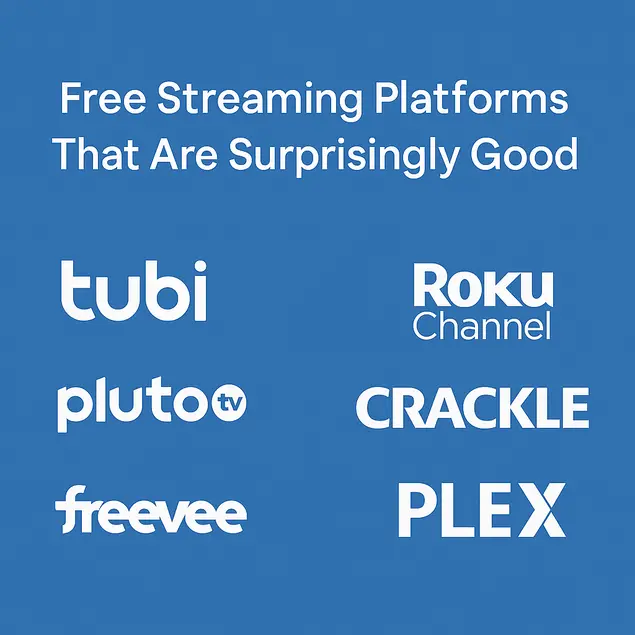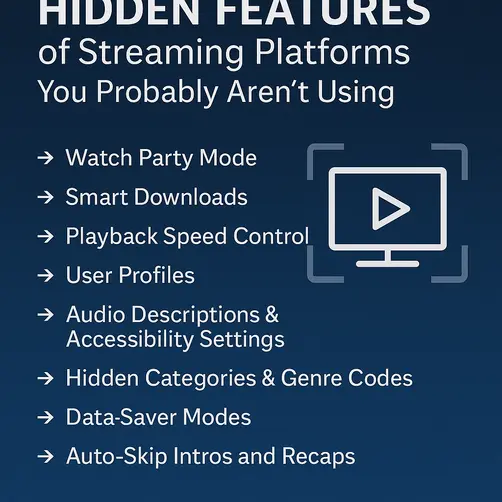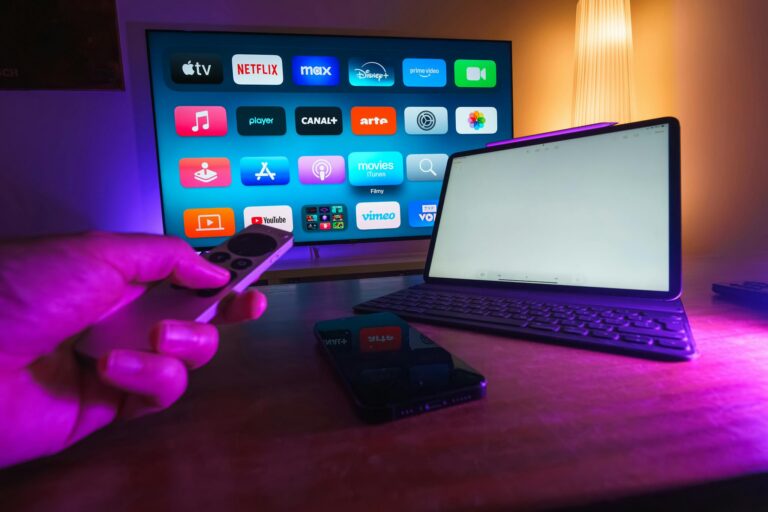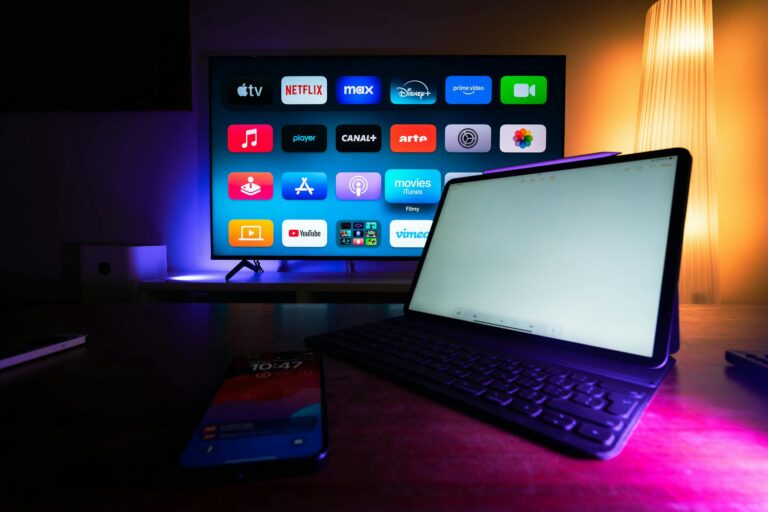The way we consume content has changed drastically in the last decade—and in 2025, the battle between Smart TVs and streaming devices is stronger than ever. Whether you’re upgrading your home entertainment setup or buying your first streaming gadget, the big question remains: Should you invest in a Smart TV or stick with a reliable streaming device?
In this blog post, we’ll break down the pros and cons of each option so you can decide what works best for your lifestyle, budget, and viewing habits.
Smart TVs: The All-in-One Experience
Smart TVs in 2025 are more powerful, responsive, and feature-rich than ever before. With native support for major platforms like Netflix, Hulu, Disney+, and even niche apps, they offer a plug-and-play solution without needing extra hardware.
✅ Pros of Smart TVs:
- Integrated Ecosystem: No need to purchase or plug in additional devices. Apps come pre-installed and ready to use.
- Minimal Setup: Once connected to Wi-Fi, you’re ready to stream.
- Unified Remote Control: One remote controls everything—TV functions and streaming.
- High-Performance Models: Premium Smart TVs now offer lightning-fast interfaces, AI content suggestions, and even gaming features.
❌ Cons of Smart TVs:
- Limited Longevity: Most Smart TVs stop receiving software updates after a few years.
- Bloatware & Cluttered Interfaces: Many brands include unnecessary apps that slow down performance.
- Higher Cost: You’re paying for the display and smart features in one—often at a premium.
Streaming Devices: Flexibility & Future-Proofing
Streaming sticks and boxes (like Roku, Amazon Fire TV, Apple TV, and Google Chromecast with Google TV) have seen major upgrades in 2025. They now support 8K video, advanced audio codecs, and offer AI-powered recommendations.
✅ Pros of Streaming Devices:
- Affordable: Starting as low as $30, they’re budget-friendly even for 4K streaming.
- Software Longevity: These devices are regularly updated and often outlive the Smart TV’s built-in OS.
- Portable: Easily move them between rooms or take them on trips.
- App Freedom: More customizable with fewer pre-installed limitations.
❌ Cons of Streaming Devices:
- Extra Hardware: Adds clutter to your entertainment center with another device and remote.
- Dependent on HDMI Ports: Older TVs may lack necessary ports or compatibility.
- Not Always Plug & Play: Requires initial setup and frequent software updates.
2025 Trends: Smarter Smart TVs, Smarter Streaming Devices
In 2025, both categories have matured. Some Smart TVs now allow users to uninstall preloaded apps, extend support via modular upgrades, or even run full operating systems like Android TV or webOS 5.0. Meanwhile, streaming devices are smaller, more energy-efficient, and support voice commands via AI assistants.
Still, streaming devices remain a preferred upgrade path for people with older TVs or who want more app control and faster navigation.
So, What’s Better?
- Choose a Smart TV if: You’re buying a new television anyway, value simplicity, and don’t plan to upgrade your apps or features regularly.
- Choose a Streaming Device if: You want more app flexibility, longer software support, or already own a good TV with HDMI.
Ultimately, the “better” option depends on your usage. Smart TVs are closing the gap with faster processors and better software, but streaming devices still offer unmatched flexibility and regular updates.
Final Thoughts
In 2025, both Smart TVs and streaming devices are solid options—but for the best of both worlds, many users pair a high-quality non-smart display with a powerful streaming device. This gives you better long-term value, frequent updates, and greater control over your viewing experience.
Stay connected to Smartstream Blogs for the latest streaming tips, product comparisons, and reviews to help you stream smarter every day.




